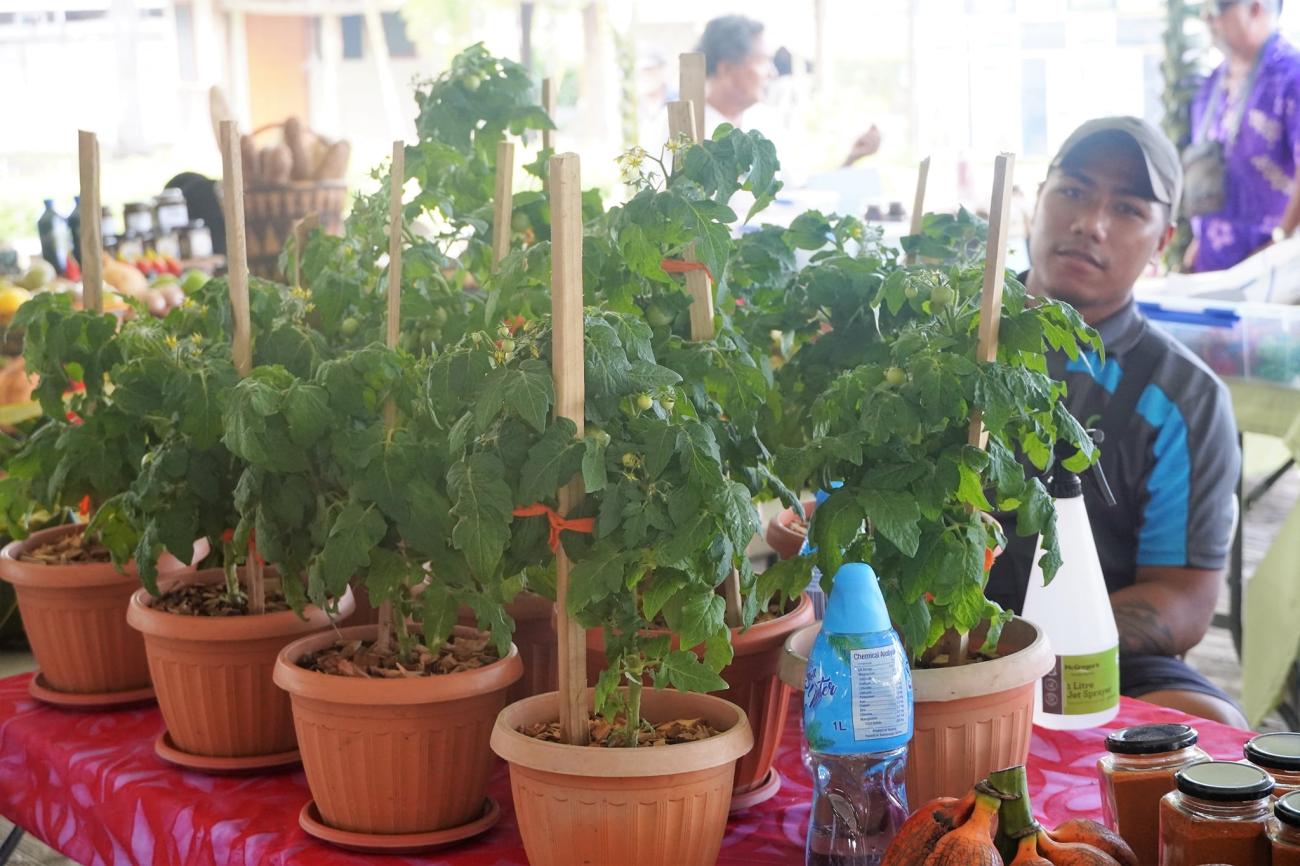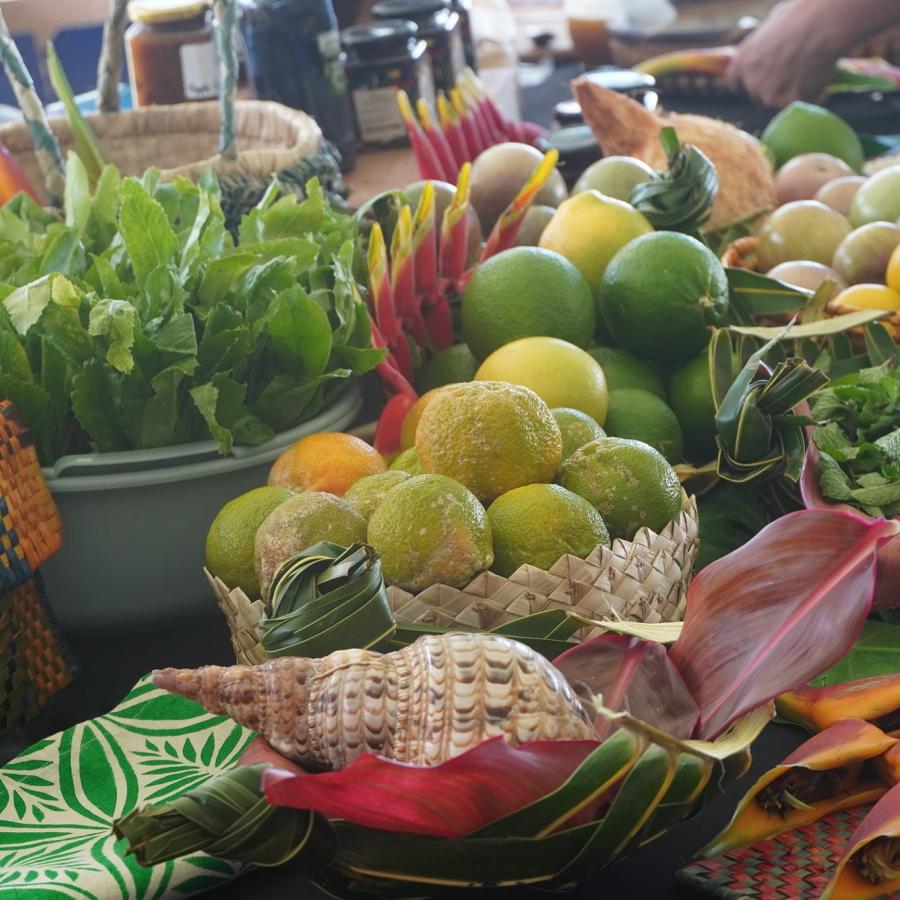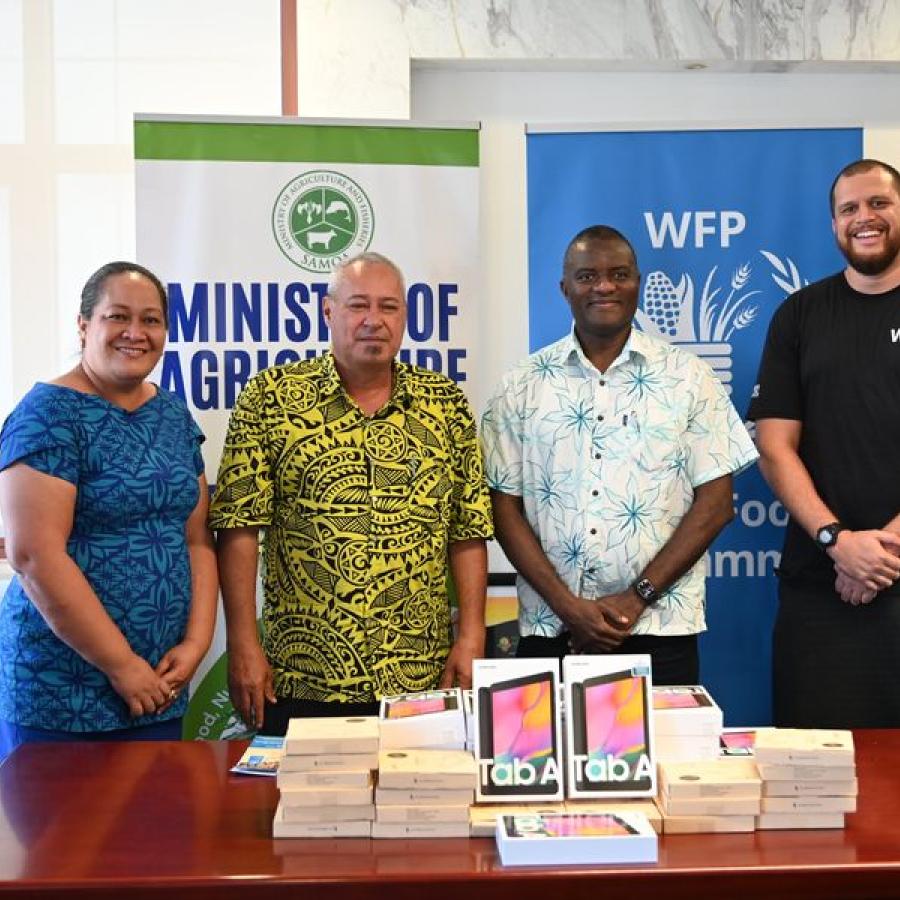Agricultural market functions and prices are crucial for food security.

Agricultural stakeholders convene to discuss critical market assessments for functional, safe and beneficial markets for farmers and people.

Learning and sharing knowledge to develop crucial tools for functional agricultural markets to ensure food abundance and to better serve the needs of the people especially in the face of these unprecedented global challenges was the gist of conversations in a two day workshop convened by the United Nations World Food Programme (WFP), the Samoa’s Ministry of Agriculture and Fisheries and the University of South Pacific.
These great minds in the agricultural space including farmers, exporters, vendors, policymakers, technical advisors discussed how to designed three critical tools, relevant and responsive to the context of the local markets and within the challenging conditions of disasters and health crisis.
The Price Monitoring System, a tool that keeps track of changes in market produce supplies and prices.
The Market Functionality Index, another useful tool that evaluate the functionality of the market through assortment of essential goods, availability, price, resilience of supply chains, competition, infrastructure, services, food quality and access and protection.
Most importantly is the Minimum Expenditure Basket which is quite important because this tool assesses the household essential needs from the market and the cost they pay.

These tools guide critical market assessments for data based decision-making, to inform the design of social protection and disaster responsive policies.
“Data- driven decision making is at the heart of WFP’s research and monitoring programmes in the Pacific. WFP appreciates the opportunity to work with the Government of Samoa and the University of South Pacific to safeguard household food security in Samoa and to design effective disaster response measures ,” Mr Alpha Bah, Country Director of WFP’s Pacific Multi-Country Office.
“Local markets are the most fundamental reflection of the food security conditions of any country. Through these critical market assessments and analyses we can inform social protection policies that reflect the needs of the most vulnerable people as accurately as possible, especially after a disaster, “he added.
“During these difficult times with prolonged effects from global crisis, it is vital that relevant monitoring and assessment tools are utilized to determine the level of food and nutrition security in Samoa. The availability of reliable and timely data is encouraged to support evidence-based decision making and policy formulation, “ said Mr Tilafono David Hunter, CEO of the Ministry of Agriculture and Fisheries of Samoa.
“The Government of Samoa through the Ministry of Agriculture and Fisheries wishes to acknowledge the continued support of the UN World Food Programme in the development of the Agriculture and Fisheries sector.”
WFP also handed over 20 tablets to the Ministry of Agriculture and Fisheries to strengthen capacity in digital data collection that will streamline the Ministry’s data management channels.

About WFP
The United Nations World Food Programme is the world’s largest humanitarian organization, saving lives in emergencies and using food assistance to build a pathway to peace, stability and prosperity for people recovering from conflict, disasters, and the impact of climate change.
Twitter @WFPAsiaPacific @wfp_media
For media inquiries:
Maria Shumusti
WFP Pacific Multi-Country Office
maria.shumusti@wfp.org + 679 7208806








